Suicide crisis plaguing ex-servicemen demands investigation powers of a royal commission
In 2014 a soldier I served with began tracking the growing number of veteran suicides since no official resources had been tasked to do this. Only a body with royal commission-like powers can get to the heart of the suicide crisis, writes RSL President James Brown.
In 2014, as Australians marked a century since World War I began, a soldier I formerly served with committed himself to the grim task of tracking the growing number of suicides in our veteran community.
On his Facebook page, amid treatment for his own difficulties from service life, he would faithfully log each tragic event. His macabre tally was the only indicator of a growing problem hidden from most Australians.
Without official resources committed to tracking the scourge of veteran suicide, informal indices became the warning bell. By one count, there were as many as 85 veteran suicides during 2017 and 2018.
Five years later and the Department of Veterans’ Affairs has become better at tracking the numbers, but the trends remain clear — far too many Australians prepared to risk their life for their country in combat have later lost it at their own hand.
Military suicides are difficult to talk about. Veterans are trained to be tough. They don’t easily ask for help when they need it.
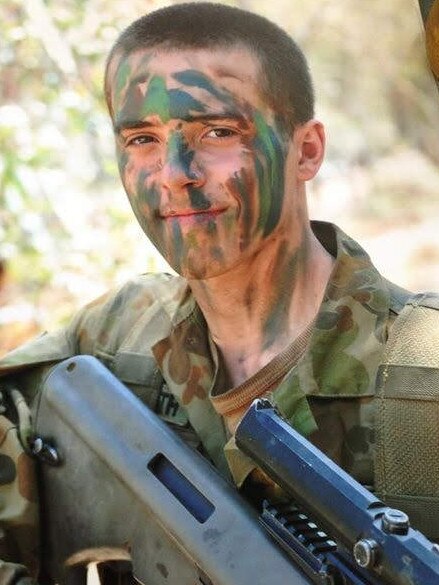

RELATED NEWS
Sign the petition for a Royal Commission into Veteran suicide
‘Hostility’ to wounded: Government agency’s cut-price care
Grieving mum demands royal commission into ADF suicide epidemic
For many veterans who have had difficulty in their military service, the trauma may only become apparent long after they leave the Australian Defence Force and particularly after they reach retirement age.
Those most at risk are those who often have other medical issues to contend with and are in the process of transitioning from military life. The nature of military life, its hardships and stressors, the isolation from family and friends, can impact on our servicepeople whether they see combat or not, whether they deploy offshore or not, whether they have short or long military careers. And not all veterans are troubled after their service. The vast majority go on to lead healthy and productive lives.
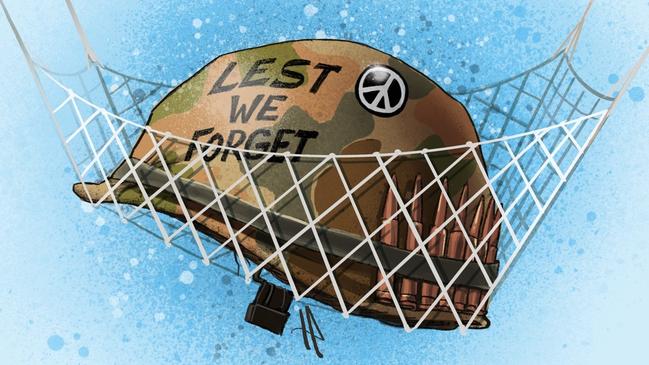
In the two years I have led RSL NSW, I have heard from Vietnam veterans who have talked their mates back from the point of disaster, I have met with the parents of young veterans who took their own lives, I heard from one of our Western Sydney sub-branches that experienced two suicides in a veteran family within the space of a month, and met widows and children tragically left behind.
And two years ago one of my mates who I deployed alongside to Iraq suicided, leaving all of us to ask what more we could have done.
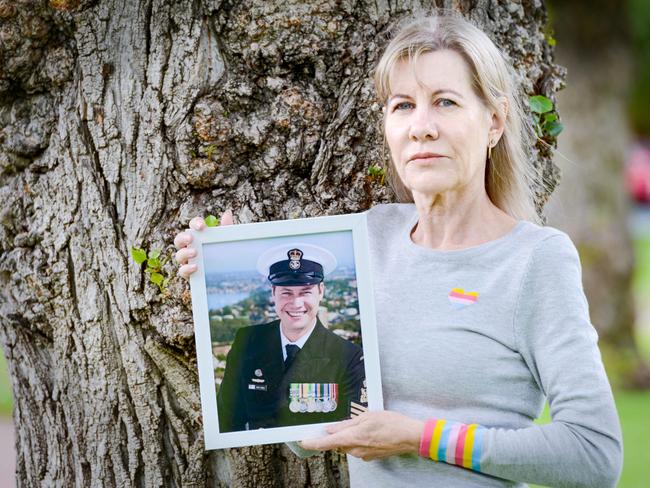
MORE OPINION
Caroline Marcus: Feminists must stop womansplaining
Arthur Moses: Press freedom hurt by past kneejerk legislation
Tory Shepherd: 10 worst in-flight behaviours
The support system that should catch veterans and their families as they fall is a mess.
There are 5000 well-intentioned veterans’ groups and charities in Australia seeking to support veterans in need, but there is little co-ordination or quality control.
A patchwork of welfare services available to veterans is for the most part hidden behind ancient websites. Most veterans in crisis seek help by word of mouth, finding another veteran they can trust to help them navigate the complex system of compensation and rehabilitation that is offered by the Department of Veterans’ Affairs.
But that network of trusted and skilled volunteers, chiefly in the RSL, Legacy, and Vietnam Veterans groups, is on the point of strategic failure. Most volunteer veterans’ advocates are now well into their 70s and the bureaucracy is getting harder to navigate.
Even at its best, with the good intentions of staff and leaders, the DVA is an intimidating and cold system to grapple with.

The laws that govern the DVA’s support to veterans are among the most complex of all legislation managed by government. The administrative processes established by the department to cater for the hundreds of military occupations, differing generations, and various operational experiences are challenging even for experts. And the veterans’ welfare system in some cases falls well short of the standards set in the National Disability Insurance Scheme.
Compounding these problems, the DVA doesn’t even know precisely how many veterans Australia has or where they live — because no one thought to include questions regarding military service on the Australian census or forms in our state-based hospital and justice systems.
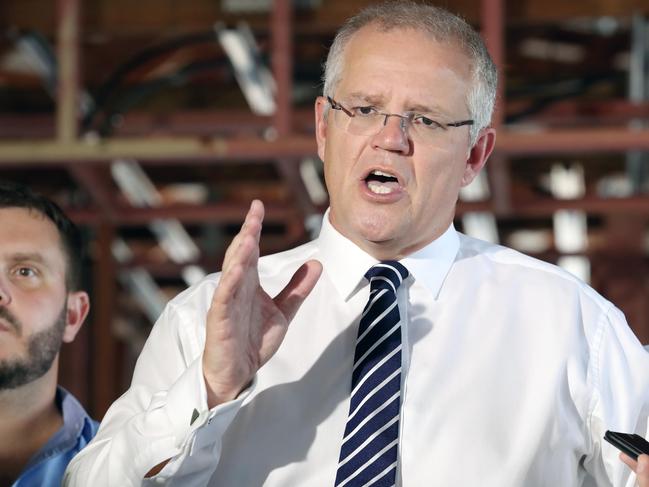
We’ve been reforming the RSL so we can offer more to veterans and their families.
Today we draw a line under the problems RSL NSW has faced in recent years and return our local sub-branches to raising much-needed funds to support their local welfare operations, to ensure that we have an open door for our members and all veterans, as well as an open hand to those in crisis.
We’ve also been leading calls to government for more training to be offered to veteran volunteers who are dealing with suicidal mates, for veterans to be counted on the 2021 Australian census so we can plan where to put support services, and for deep reform to address the looming strategic issues of the government and charity safety nets for veterans and their families.
But more support is needed at the very top.
In 1917, then prime minister Billy Hughes convened a conference of veterans’ charities to ensure the very best care could be provided to those returning from the war.
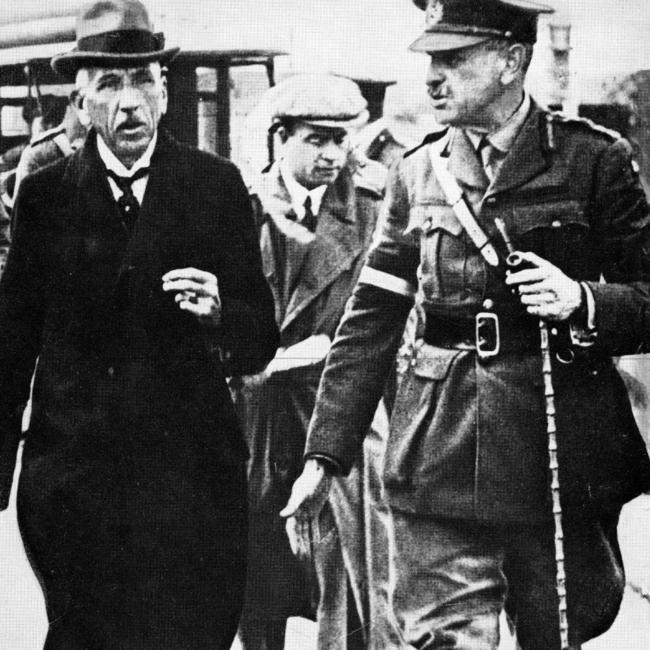
In 1924, it took a royal commission to establish many of the features of the repatriation system that still today govern the way veterans are looked after, chief among those a presumption that veterans should receive the benefit of the doubt in their dealings with the Repatriation Commission.
The challenge of looking after our veterans into the future requires the cut-through that only a royal commission, or similar initiative led by the prime minister, can achieve.
Lifeline: 131 114
James Brown is the president of RSL NSW and a veteran of Iraq and Afghanistan.


